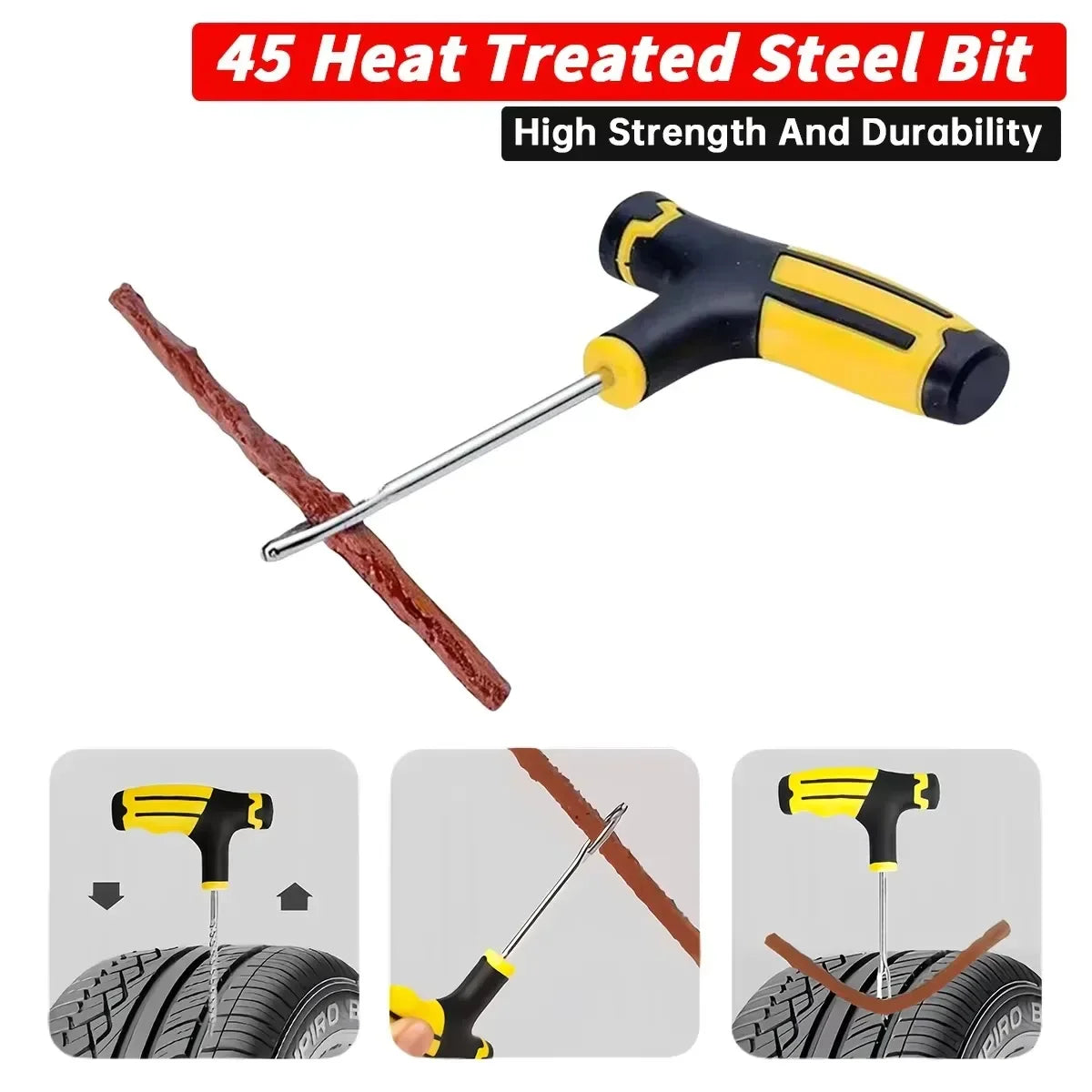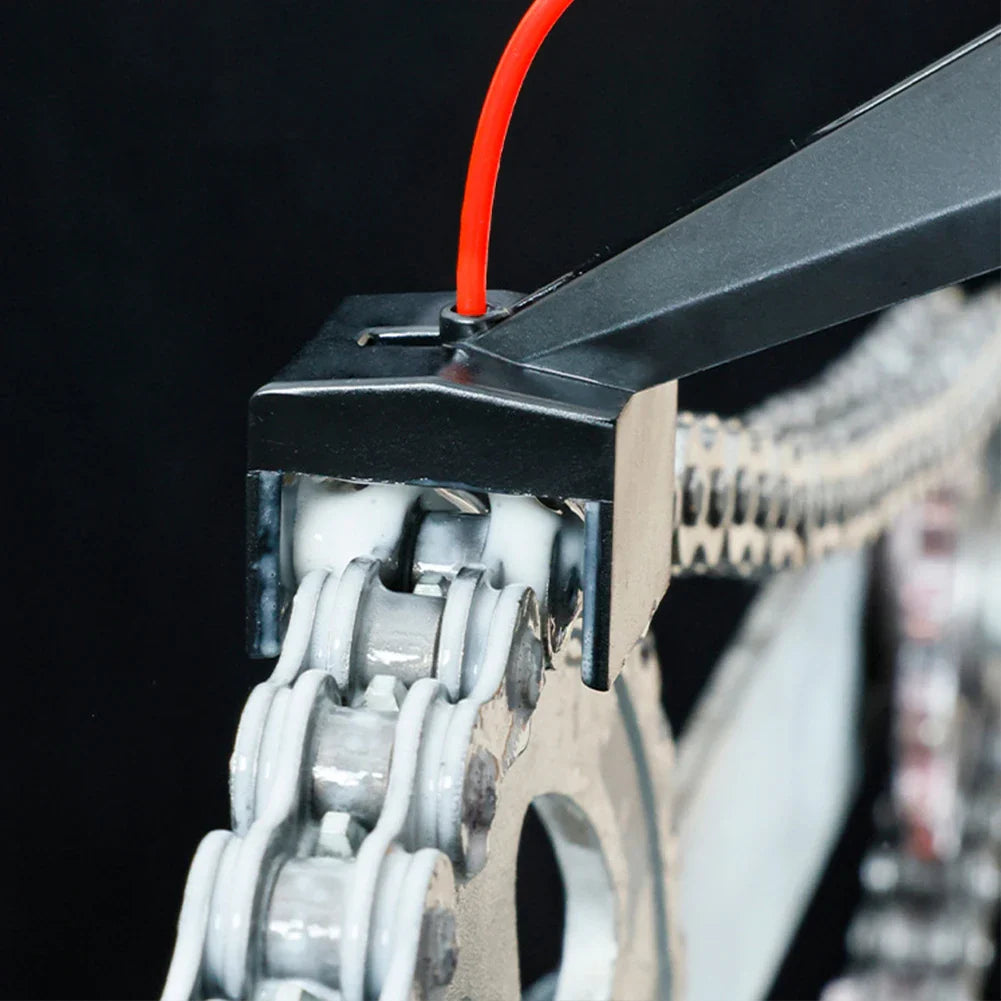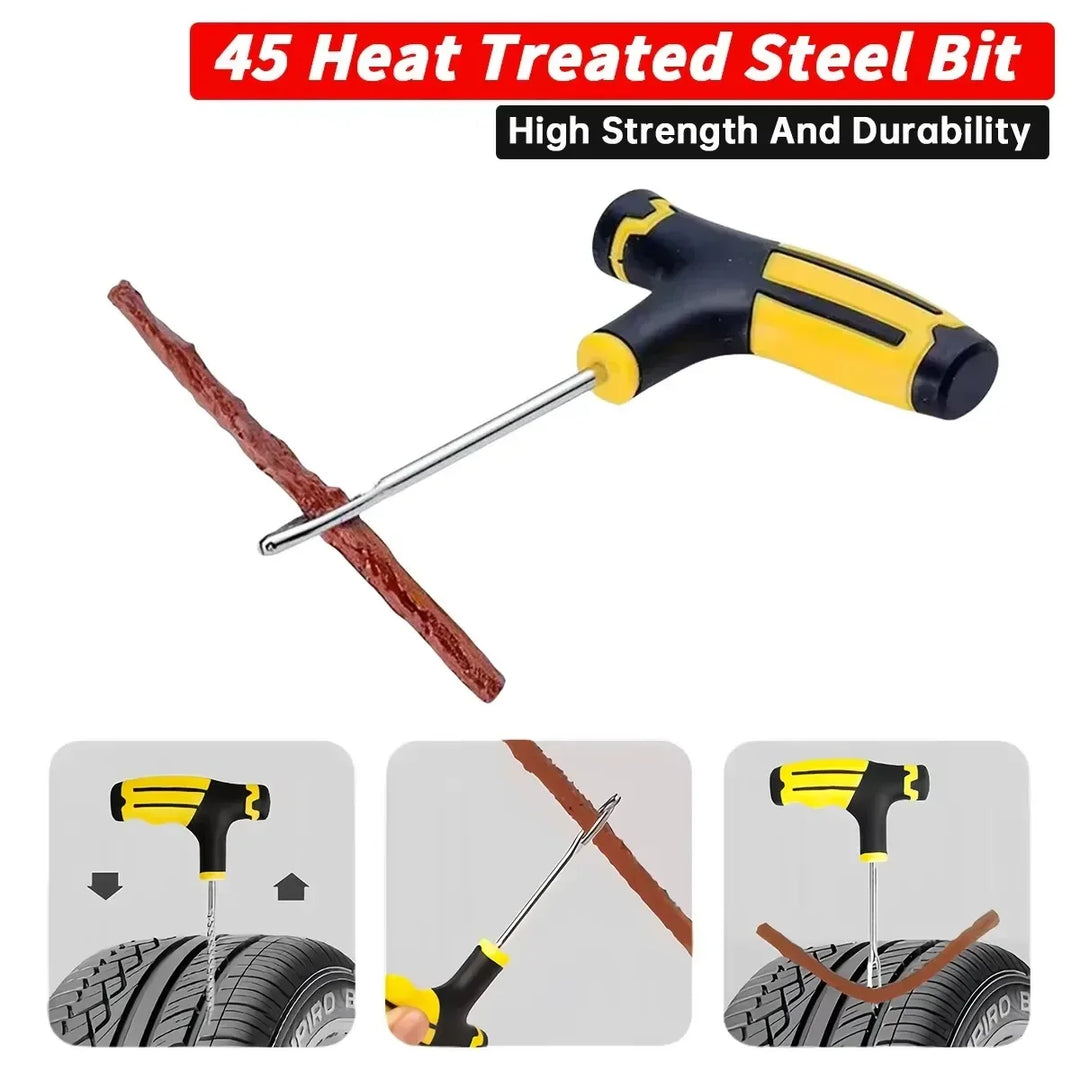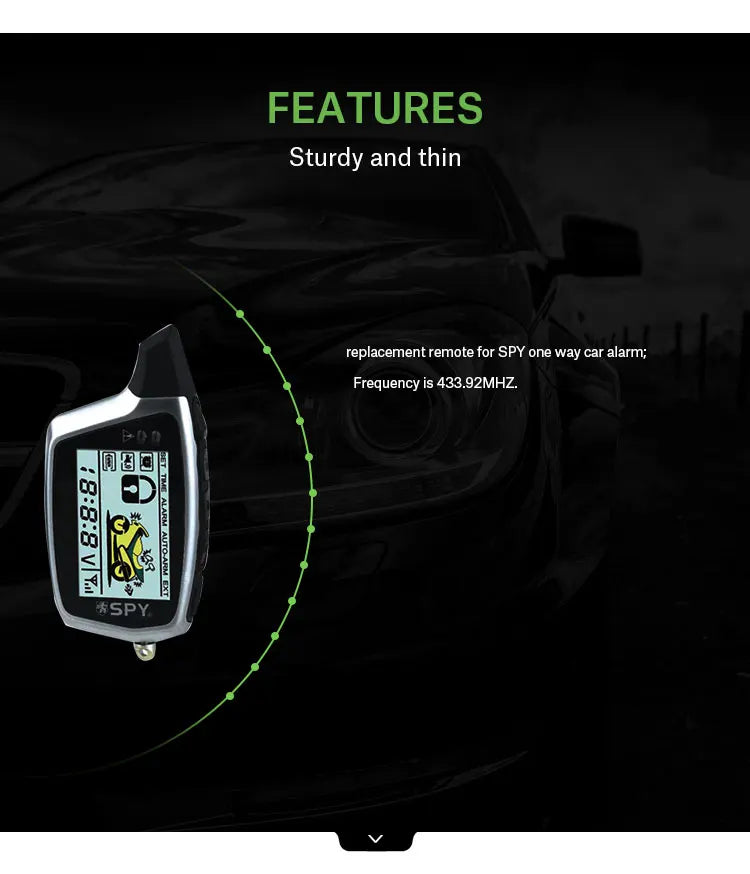The Complete Guide to Motorcycle Tire Repair and Maintenance: Never Get Stranded Again

Motorcycle tires are your only connection to the road, making them one of the most critical safety components of your ride. Understanding tire maintenance, flat prevention, and emergency repair can mean the difference between a minor inconvenience and a potentially dangerous situation.
Understanding Motorcycle Tire Basics
Motorcycle tires differ significantly from car tires. They're designed for specific riding conditions, with unique characteristics that require specialized care and attention. Unlike car tires, motorcycle tires:
- Have a smaller contact patch with the road
- Experience more extreme stress and load
- Require more frequent replacement
- Are more susceptible to damage from road conditions
Types of Motorcycle Tires
- Street Tires: Designed for paved roads with smooth tread patterns
- Off-Road Tires: Aggressive tread for loose surfaces like dirt and gravel
- Touring Tires: Built for long-distance comfort and durability
- Sport Tires: High-performance compounds for speed and cornering
Common Causes of Motorcycle Tire Flats
Understanding what causes flats can help you prevent them:
- Sharp objects (nails, glass, metal fragments)
- Punctures from road debris
- Improper tire inflation
- Worn tire treads
- Rim damage
- Valve stem issues
Flat Tire Prevention Strategies
1. Regular Tire Maintenance
- Check tire pressure weekly
- Inspect tires before every ride
- Rotate and balance tires according to manufacturer recommendations
- Replace tires when tread depth reaches minimum safe levels
2. Tire Pressure Management
- Maintain correct PSI as specified in your motorcycle manual
- Use a high-quality digital tire pressure gauge
- Check pressure when tires are cold
- Adjust pressure based on load and riding conditions
3. Tire Protection Technologies
- Use tire liners for additional puncture protection
- Consider self-sealing tire compounds
- Invest in tire repair kits
- Use tire sealants for tubeless tires
Emergency Flat Tire Repair Techniques
Tubeless Tire Repair
-
Temporary Roadside Repair
- Locate the puncture
- Clean the puncture area
- Use a tire plug kit
- Insert plug with specialized tools
- Trim excess plug material
-
Permanent Repair
- Professional patch from inside the tire
- Requires specialized equipment
- Best performed by professional motorcycle mechanics
Tube-Type Tire Repair
-
Identify Puncture
- Remove wheel from motorcycle
- Deflate tire completely
- Separate tire from rim
- Locate and mark puncture
-
Tube Repair
- Use rubber patch kit
- Clean puncture area
- Apply vulcanizing solution
- Apply patch firmly
- Allow proper curing time
Essential Motorcycle Tire Repair Kit
Every rider should carry:
- Portable air compressor
- Tire plug kit
- CO2 inflation cartridges
- Tire levers
- Valve core tool
- Compact tire pressure gauge
- Work gloves
- Flashlight
When to Replace vs. Repair
Repair Warning Signs
- Puncture larger than 1/4 inch
- Sidewall damage
- Multiple punctures
- Visible cord or belt exposure
- Significant wear patterns
Replacement Indicators
- Tread depth below 1/32 inch
- Cracks in tire sidewall
- Uneven wear
- Age (typically 5-6 years, regardless of tread)
Professional vs. DIY Repair
Professional Repair Recommended
- Large punctures
- Sidewall damage
- Complex tire issues
- Lack of proper repair tools
DIY-Friendly Repairs
- Small punctures in tread area
- Temporary roadside fixes
- Tube patch repairs
Safety Considerations
- Never ride on a severely damaged tire
- Reduce speed after a temporary repair
- Get professional inspection after roadside fix
- Replace tire if in doubt about safety
Conclusion: Tire Care is Rider Care
Proper tire maintenance isn't just about avoiding flats—it's about ensuring your safety on the road. Regular inspection, timely repairs, and proactive maintenance can prevent most tire-related issues.
Pro Tip: Document your tire maintenance. Many advanced riders keep a log of tire pressure, repairs, and replacement history.
Disclaimer: While this guide provides comprehensive information, always consult your motorcycle manufacturer's specific guidelines and a professional mechanic for personalized advice.




